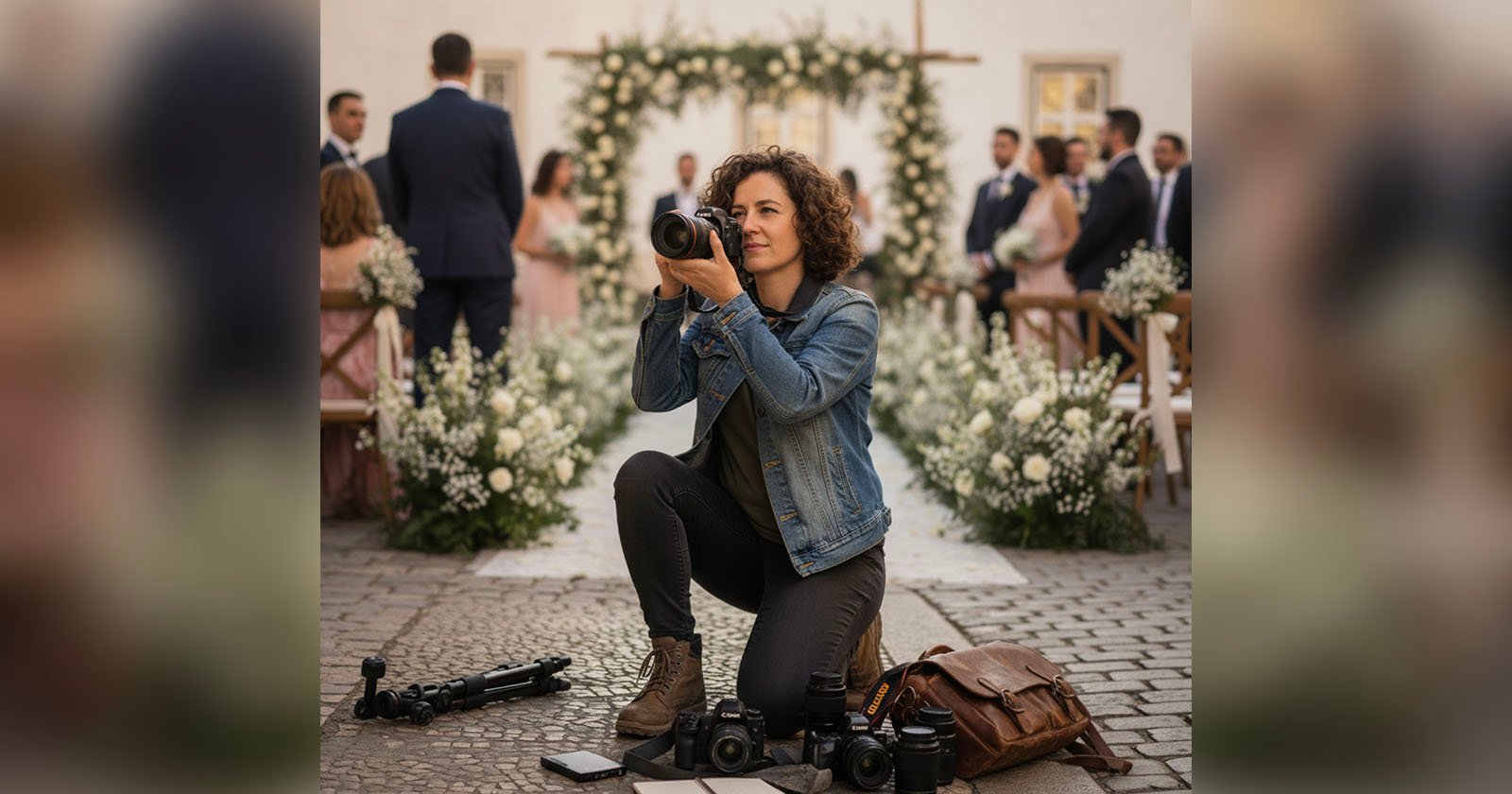Copyright postandcourier

“I wanted to make sure there was a fine line between doing something that’s classy and comfortable and beautiful, and not campy,” Badeau said. “I wanted to make sure we weren’t going overboard and making it feel too costumey, and I think we did it successfully.” The small business owner said the most common question she gets asked is what shade of green she used on her walls: Sherwin-Williams’ Pewter Green. To brighten up the space, she has a tan leather couch, lighter green cushions with pink and peach pillows, vibrant in-season floral arrangements on the tables and a rainbow of books lining the walls. Badeau jokes that, when walking into the store, you never know if you’re in Charleston or a castle. “One of my favorite things is watching customers come in, whether new or returning. Some people, you can see them take a deep breath,” she said. “Some people have said it feels like a warm hug. You want to stay here for a little while, like it’s your own living room.” Dark Academia emerged in the late 2010s as an internet subculture that offered an escape with a romantic, slower, contemplative way of living. Inspiration came from classic literature, gothic architecture and scholarly life, Bluefield cited. Now, Bluefield said the aesthetic and nostalgia-driven décor is proving it’s more than a viral moment with staying power. With the rise of reading and journaling during the pandemic, the theme found its way into the mainstream, evolving from Tumblr and TikTok trends into a movement. “What makes this style particularly powerful is how easily it adapts to modern living,” Smith said. “You don’t need to live in a Georgian townhouse or a Victorian flat to embrace the look. It’s about layering rich textures, choosing deep colors and surrounding yourself with books, art and meaningful objects. People are looking for spaces that feel reflective and comforting, where there’s room to think, read or simply slow down.”



